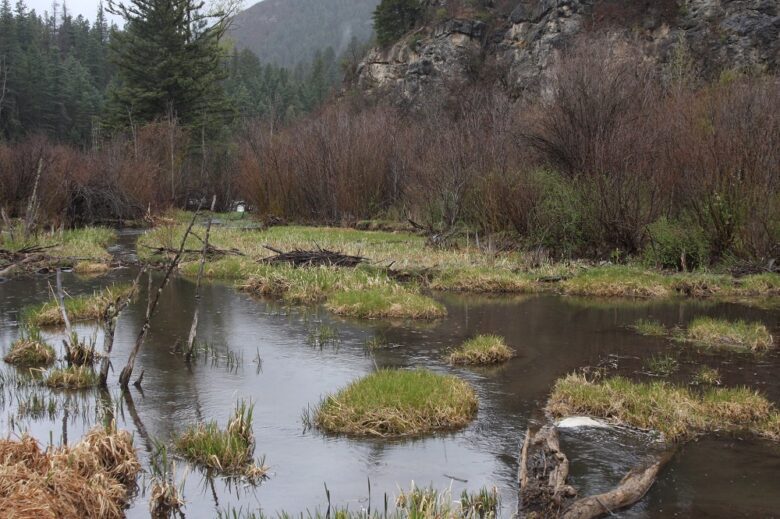By Hannah Grover
State Land Commissioner Stephanie Garcia Richard signed an executive order Wednesday withdrawing state mineral leasing from the Upper Pecos watershed for 20 years.
Her order will prevent future mining on 2,500 acres of state trust lands in that region.
“The Upper Pecos watershed has been home to critical natural resources for a variety of New Mexico communities going back centuries,” she said prior to signing the executive order.
Garcia Richard spoke about its importance to Puebloan and Hispanic cultures as well as the Upper Pecos watershed’s current uses such as recreation, irrigation and drinking water.
“Unfortunately, this landscape has been under attack for decades, and that attack has just been renewed in the last few days,” Garcia Richard said. “Federal policies have sought to accelerate mining development in this area at the cost of our natural and cultural resources, our way of life, and even, I would say, our identities as a whole. As New Mexicans we are inextricably tied to the land as part of our identity.”
This executive order comes as questions surround the future of a similar federal secretarial order issued by then-Interior Secretary Deb Haaland. Shortly after taking office, President Donald Trump ordered a review of all public lands withdrawals that were undertaken by the Joe Biden administration.
Since then, the U.S. Department of the Interior has cancelled meetings about the withdrawal of mineral leasing in the Upper Pecos watershed. Public officials, including members of the New Mexico congressional delegation, have condemned that action and are pushing for more permanent protections of the culturally and ecologically sensitive landscape.
Garcia Richard’s executive order came after the New Mexico House of Representatives passed a joint memorial on a 52-9 vote calling on Congress to pass the Pecos Watershed Protection Act, which would establish permanent protections.
The biggest threat to the watershed is mining, and communities along the Pecos River are all too familiar with the devastating consequences that could come along with mining. In the 1990s, heavy metal contamination from the Terrero and El Molino mine killed fish and contaminated drinking water in the Upper Pecos region. New Mexico taxpayers ended up footing a $28 million bill to clean up and rehabilitate the waterway.
Then, in 2019, a mining company announced plans to resume operations in the area.
“Given this history and the current threats facing the region, from bad federal policies to broad mining claims by foreign corporations, it is my duty to protect the portions of this region that I can now before it’s too late,” Garcia Richard said.
While there are no existing mineral leases on state lands in the Upper Pecos, Garcia Richard said the checkerboard nature of land ownership means her executive order could make it harder for companies to access minerals even on federal lands.
“The Pecos River is more than just a body of water. It’s the lifeblood of our communities,” Ralph Vigil, a farmer in the area, said. Vigil’s family has lived in the Upper Pecos area since the mid-1800s.

